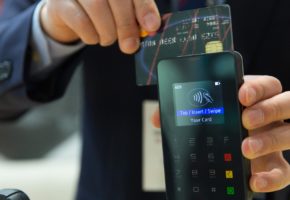The state of the contactless payments industry is up for debate depending on whom you ask. Recent issuance statistics have led some to claim victory, while others have interpreted the same numbers in a much more negative manner.
The 2012 London Olympics were the first ‘contactless games’. A year on contactless card adoption has taken off and invaded our daily lives. Now we start our day contactless-ly with a smart payment for our first morning coffee. But how safe is it?
A PIN is not required for contactless debit and credit cards for transactions under £20. Phantom payments and involuntary payments near payment terminals have begun to occur. In theory at least, a contactless card should not be debited unless within 5 cm of a card reader and with the amount limited to no more than £20 in one go.
This covers, to an extent the accidental payments, but not the fraudulent ones. The technologies vary, as do the opinions, on how easy it is to get information from a card without the 3 digit pin on the back. In the event that the card details were scanned by a fraudster with a card reader, the card could be used on websites that do not ask for the three digit CVC security code.
A classic ‘new-technology’ horror story or not, this is the method supported by retailers and banks both attempting to maximise the profit curve for impulsive spenders. More traditional card identification technologies have been embedded into contactless cards, and banks are reassuring merchants and consumers that the technology is not to blame. Cash payments and a layer of tin foil over the card will always mitigate the risk!
Let us know your thoughts!






